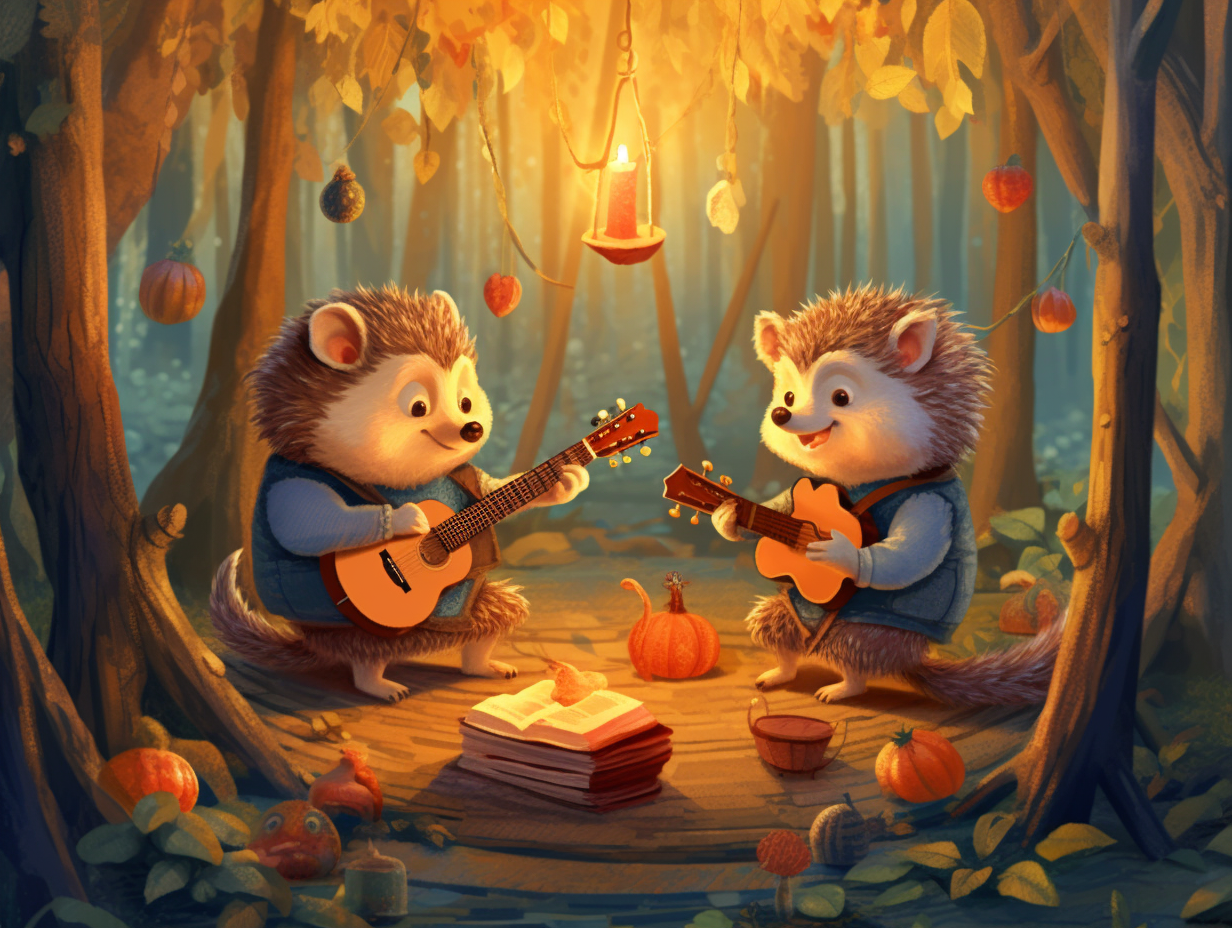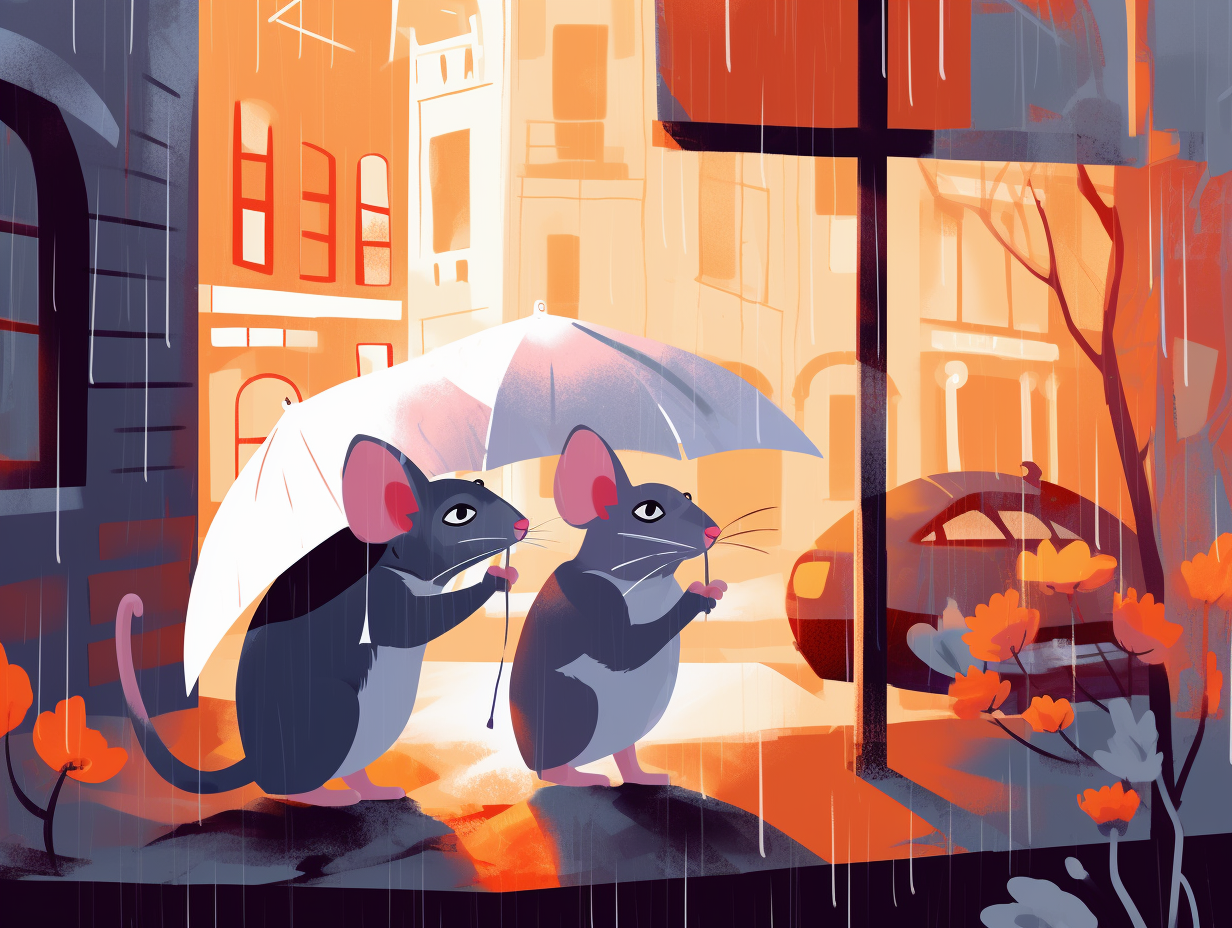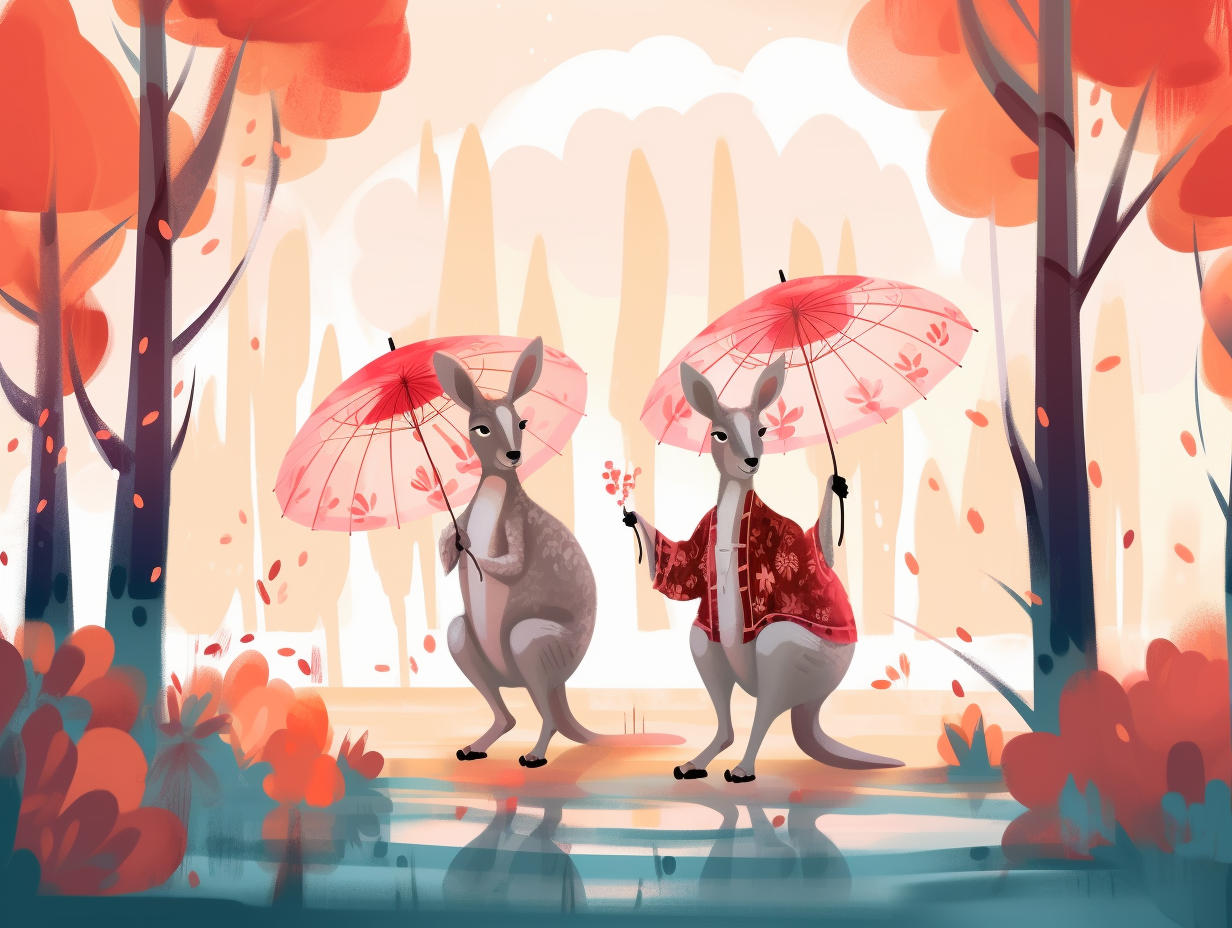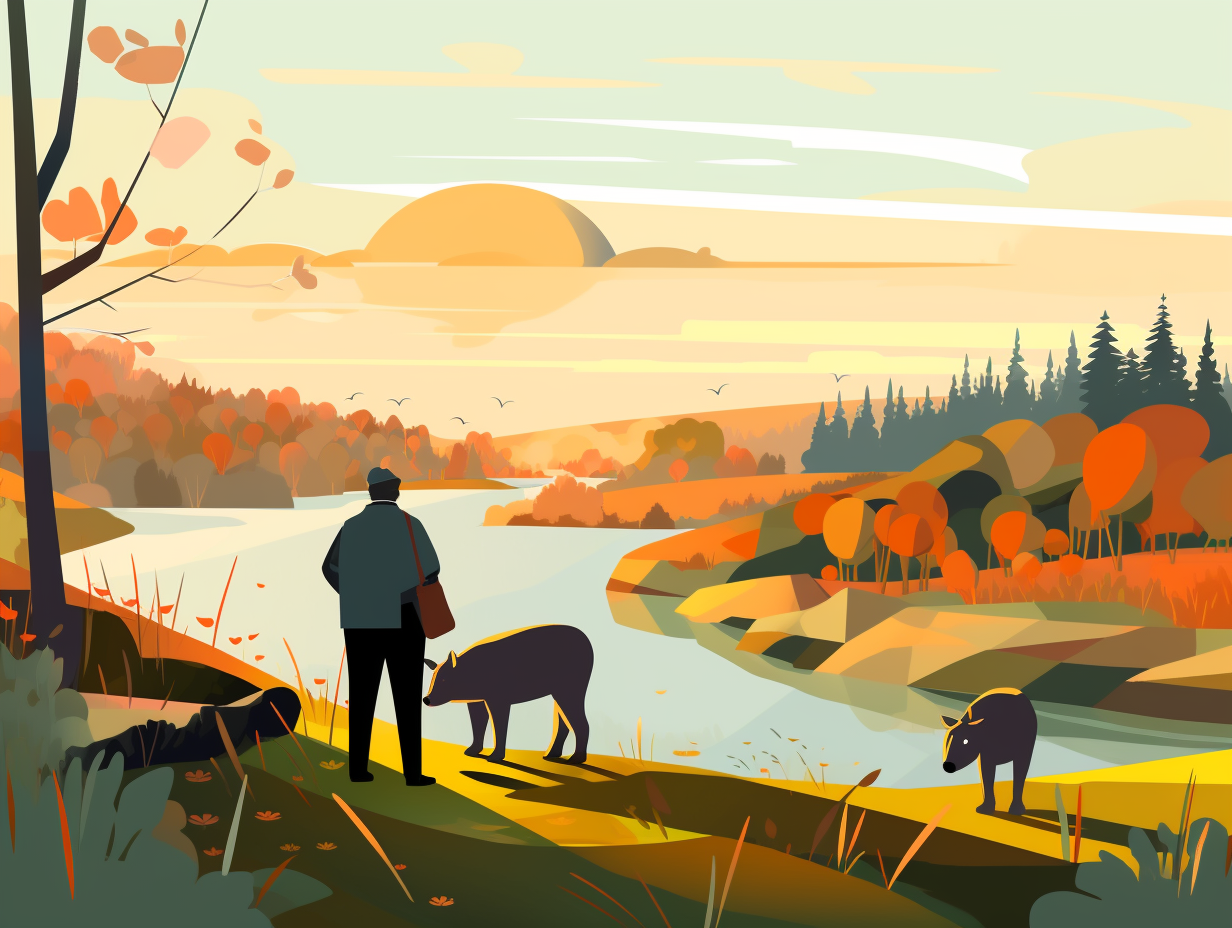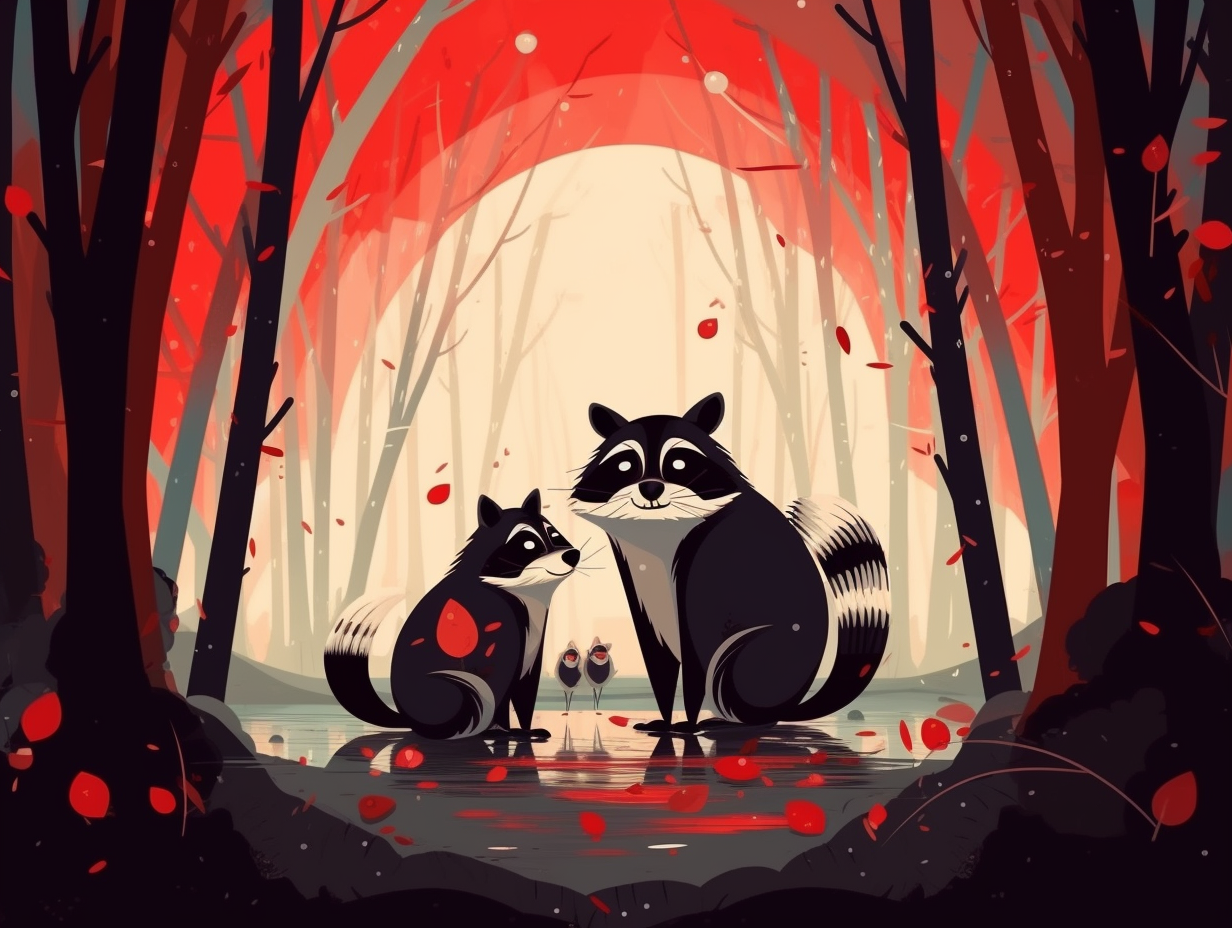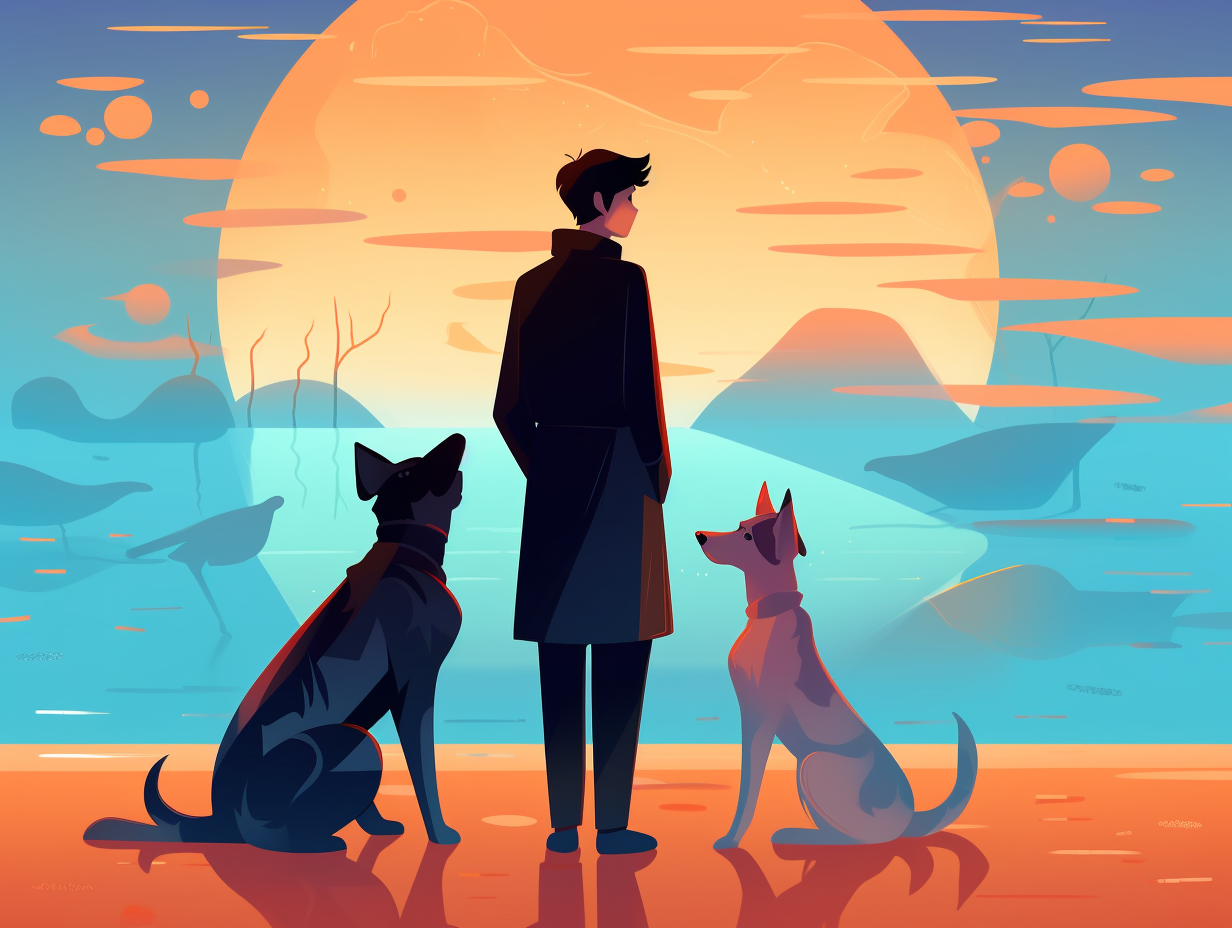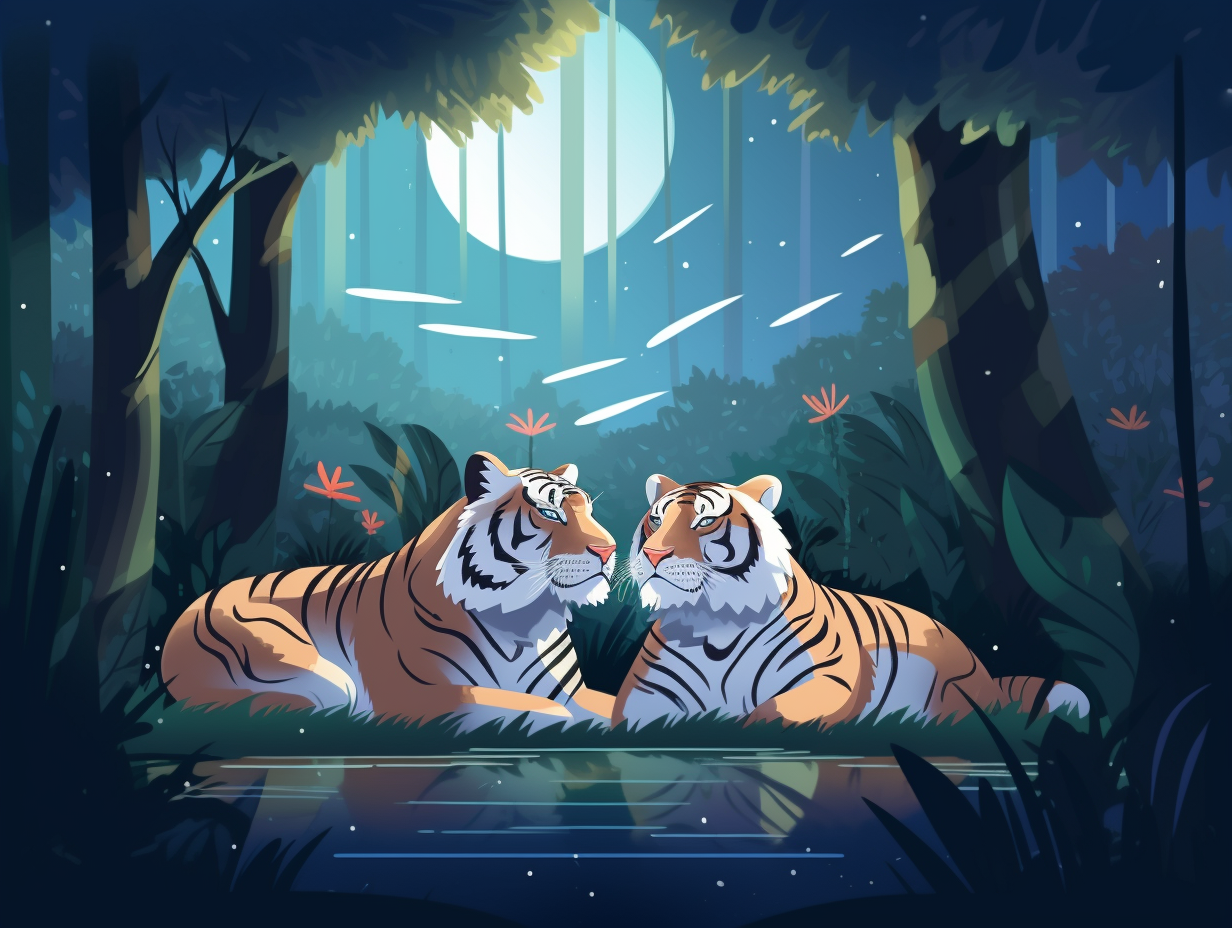21 Hop-tastic Fun Facts About Rabbits: Discover the World of These Adorable Furballs

1. Fern-Tastic Rabbit Paw Misconceptions
Next time you hop into fern fanatics' territory, don't forget to pack some "hare-raising" puns to keep them entertained: Rabbit's Foot Fern isn't actually related to our adorable, floppy-eared buddies in the animal kingdom! In fact, the name comes from the plant's fuzzy rhizomes that bear an uncanny resemblance to rabbit paws, serving as storage and allowing the fern to propagate and grow with ease.
Source => terrariumtribe.com
2. Olympic Hoppers: Rabbit Record Leaps
Rabbit athletics, hopping to the Olympics: These furry competitors can jump a staggering 2 feet in a single bound, and a Danish rabbit named Mimrelunds Tösen holds the Guinness World Record with a 3.2-foot leap. Meanwhile, wild rabbits show off their own jumping skills, covering up to 15 feet (4 ft vertically and 9 ft horizontally) when fleeing from predators.
Source => protectmypaws.com
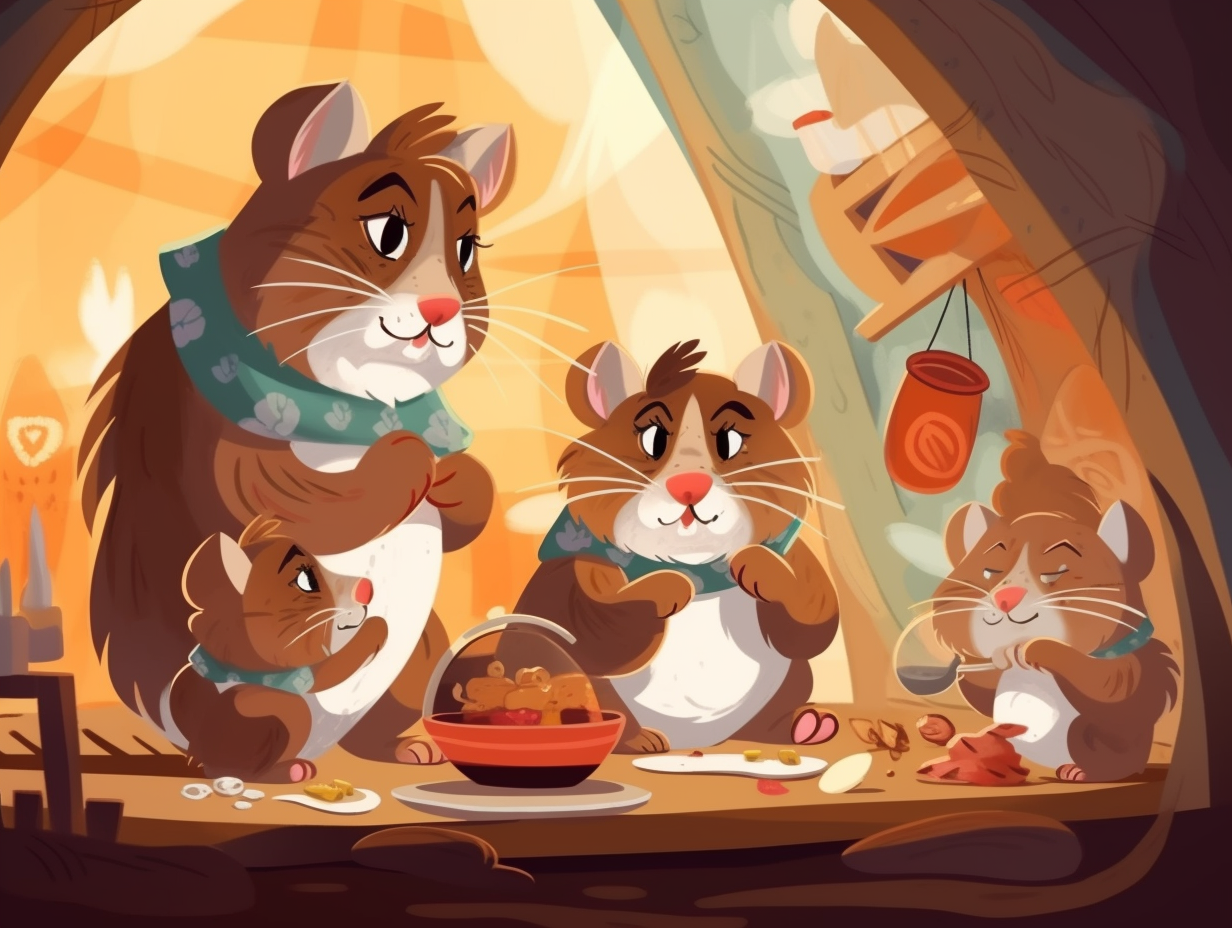
Did you know that hamsters can run up to 9 kilometers (5.5 miles) in just one night? Discover the secret behind their incredible energy and adorable plump cheeks! 🐹💨
=> Fun Facts about Hamsters
3. Ear-Conditioning: Rabbit Temperature Control
You know how Dumbo the elephant could fly with his gigantic ears? Well, rabbits aren't catching any airtime, but they do have a rather "ear-resistible" trick up their fluff: A rabbit's ears double as a personal air-conditioning system, with the vessels within them expanding to release heat or constricting to retain warmth when nature calls for it!
Source => rabbit.org
4. Bugs Bunny's Dietician Debacle
Bugs Bunny should consider a dentist appointment and a diet change: rabbits actually need a diet predominantly composed of hay and grass, with leafy greens to provide necessary nutrients, rather than shop-bought rabbit food, carrots, or fruit, which only serve as occasional treats to maintain their constantly growing teeth and healthy tummies.
Source => rspca.org.uk

5. Snoozy Bunnies: Masters of Naptime
Little bunny snooze-sooze: Move over, night owls and early birds - rabbits are here to claim the nightlife and dawn throne! As it turns out, these fluffy, hoppy critters are nocturnal animals, snoozing away for a whopping 12 to 14 hours each day, and keeping their whiskers twitching during the early morning, night, and dusk. No wonder you won't find them napping during siesta time – they're all about that nocturnal life!
Source => rabbits.world
6. Rabbits' FOMO-Resistant Supersonic Hearing
While you're fearlessly scrolling through your phone, hunting for the next meme that will make your day, suddenly feeling attacked with FOMO, just know that rabbits are out there, living their best lives, completely immune to this unsettling phenomenon: These fluffy little bundles of hop, thanks to their amazing ears, can not only catch wind of carrot-related gossip but also detect high-pitched frequencies up to 2 miles away, and with their independently swiveling ears, these expert sound-sniffers can flawlessly pinpoint the source of literally every noise in their vicinity.
Source => bunnylady.com
7. Bunny Bath Time: Furry Macbeth
Bunny bath time: can't decide if it's a silent disco or a furry production of Macbeth. Either way, these hopping fanatics use their paws to scrub-a-dub-dub their fluffy faces, ears, and even their fancy footwork: It turns out, rabbits have an essential grooming ritual that keeps their coats clean and luxuriously soft. But don't be alarmed if you see a rabbit slacking on the self-primping - it might signal a health issue, like depression, arthritis, or a dental plan gone awry.
Source => bunnylady.com
8. Licking Love: Bunny Affection & Joyful Binkies
Who said kisses were exclusive to humans and puppy dog smooches were the pinnacle of animal affection? Those slippery rascals we call rabbits have got it licked – literally: A bunny's sweet gesture of love is to lick its owner's hands or feet, even nudging them for attention, while an ecstatic dance called the "binky" has them hopping and kicking sideways in mid-air to express their unbridled joy in life.
Source => petmd.com
9. Hare-alarming Morse Code: Rabbit Danger Warnings
Rabbits: the original Morse code operators, hammering out a text message faster than you can say "What's up, doc?": These furry, vegan warriors communicate danger to their peers by thumping their hind legs on the ground, which creates a loud noise and vibrations both felt and heard by surrounding rabbits. As they flee, they further advertise potential peril with a flash of their white tail, embodying the brave spirit of selflessness for the sake of their fellow cotton-tailed comrades.
Source => oxfordreference.com
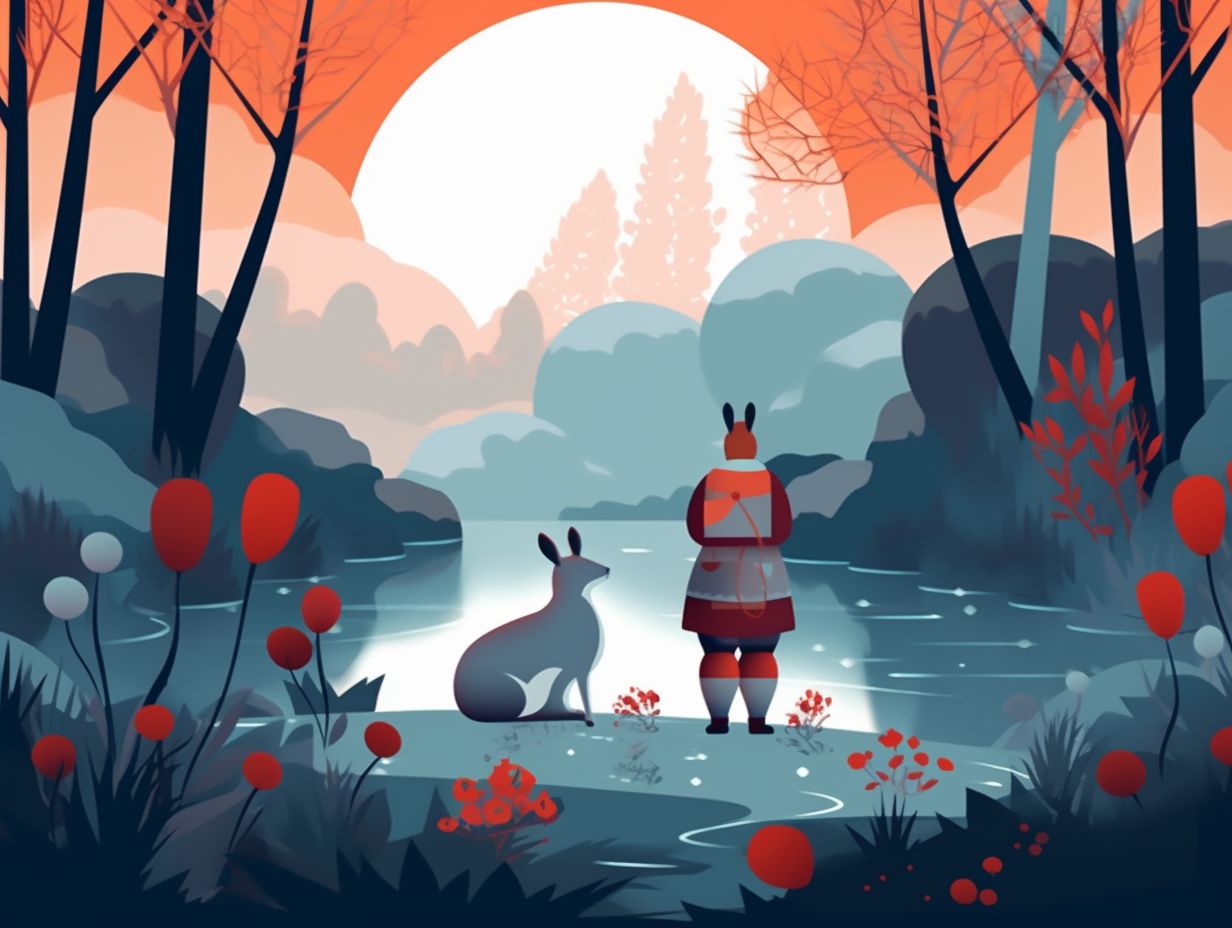
10. Nose-Twitch Talk: Happy Bunnies
Move over, Morse code - the hoppy world of rabbit lingo has got you beaten by a twitchy nose: Rabbits express their delight and contentment through continuous wiggling and twitching of their noses, whether they're joyfully bounding about or simply relaxing in their burrows.
Source => pdsa.org.uk
11. Rabbit Recall: Masters of Memory
Move over, Sherlock Holmes, because rabbits are the true masters of memory, sleuthing their way through life's adventures with a flair for recall: These fuzzy detectives possess a strong Associative Memory which enables them to remember specific locations, routines, and companions, relying on their acute sense of danger to make speedy escapes, rather than having prearranged routes planned out.
Source => bunnylady.com
12. Crimson Vision: The Albino Rabbit Secret
Move over X-Ray vision, albino rabbits have crimson vision of their own: The red eyes of these bunnies aren't a result of pigments, but rather a reflection of light bouncing off their blood vessels, all thanks to a lack of melanin-producing tyrosinase enzymes due to a genetic mutation.
Source => eartheclipse.com
13. Fur Seasons: Rabbit Fashion Wardrobes
Do rabbits practice hair-sterity? Indeed, they're the masters of seasonal makeovers: Rabbits shed their luxurious winter coats for sleek summer wardrobes twice a year, with two minor wardrobe adjustments in between, as temperature and sunlight drive their fur-swapping fashion shows. While some bunnies may flaunt non-stop style changes due to indoor lighting or a unique flair for fur, one thing remains constant - regular brushing will keep their hair game on point and tumbleweeds of fluff at bay.
Source => bunnylady.com
14. Tooth Fairy VIPs: Rabbit Dental Wonders
You might call rabbits the tooth fairies' VIP clients: Their incisor and molar teeth never stop growing, requiring constant upkeep through diet and chewing to avoid dental dilemmas, all thanks to their classification as Lagomorphs and a distinct dental structure among mammals.
Source => sciencedirect.com
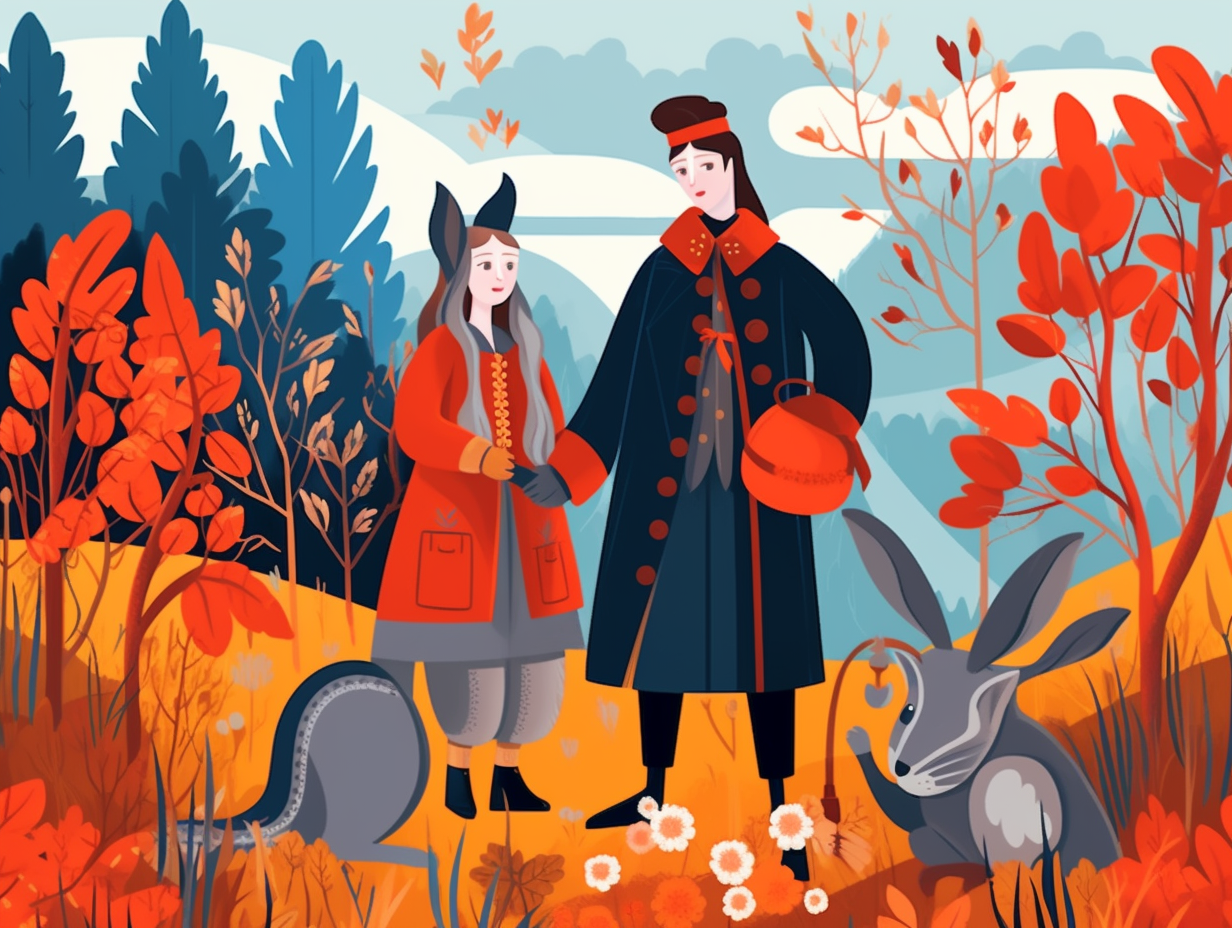
15. Jackrabbits: Ear-resistible Desert Survivors
When jackrabbits aren't busy mastering jumping jacks or scouting for hopping hotspots, they're literally cooling their ears off in the torrid Nevada desert – who knew the ear-thermostat was a thing: These long-eared bunnies utilize their pinnae, which are full of small blood vessels, to regulate their body temperature as warm blood flows from the body's core to the ears, where it loses heat when the air is cooler, saving them precious water in the process. Talk about ear-resistible temperature control!
Source => blog.education.nationalgeographic.org
16. Eco-friendly Hopping Heroes & Bunnies Gone Wild
Hippity-hop: the furry environmentalists and wrecking balls of ecosystems have arrived! With their fluffy tails and twitching noses, rabbits bring a nutritious dose of nutrients to soil while playing matchmaker to plant life: Rabbits are essential to many ecosystems, providing a food source for predators and enriching the earth with their waste. However, as invasive species, they can wreak serious havoc on native populations, but worry not – in captivity, these hopping harbingers of both chaos and sustainability make eco-friendly pets due to their plant-based nourishment and waste that feeds Mother Earth.
Source => bunnylady.com
17. Rabbit Impact: Mediterranean Keystone Species
Move over, Bugs Bunny! These feisty furballs are not just lounging around eating carrots and outsmarting Elmer Fudd; they moonlight as unsung heroes of Mediterranean ecosystems: As keystone species, rabbits not only modify vegetation structure by grazing and dispersing seeds but also improve soil fertility, support invertebrate feeding, and provide nesting sites and shelters for various species with their burrows.
Source => pubmed.ncbi.nlm.nih.gov
18. Dental Backup Plans: The Veggie Muncher's Secret
Feeling "hop-pressed" by the weight of their healthy veggie diet, rabbits have an intriguing dental strategy to save the day: They sport a dual set of teeth, with the backup pair growing continuously, allowing them to chomp, grind, and extract all the precious nutrients from their fiber-filled feasts.
Source => pubmed.ncbi.nlm.nih.gov
19. Australian Bunny Outlaws: Rabbits' Lawful Limitations
Hop on down under, where rabbits are more notorious than a kangaroo with a bad attitude: The First Fleet introduced rabbits to Australia as a food source, but they quickly multiplied into an environmental pest, leading to Queensland making it illegal to introduce, keep, or supply rabbits without a proper permit for limited purposes like research or magic acts.
Source => business.qld.gov.au
20. Medieval Cuddle Bunnies: Pet Rabbit Beginnings
Before they became the "hare" in our "tortoise and the hare" world, rabbits were cuddling their way through the Medieval castle market: Rabbit breeding and farming started in the Middle Ages, paving the way for a wide variety of breeds, and rabbits soon hopped into the role of popular household pets, becoming increasingly adored for their intelligence, personality, and quirky behavior.
Source => bunnyhugga.com
21. "Marathon Bunny: Speed, Hops, and Round-Two Snacks
Hop till you drop and run like the wind, but don't forget to pack your "special" rabbit snacks for a nutrition boost: rabbits possess not only the ability to jump 3 feet high and run up to 45 miles per hour for evading predators but also have the unique digestive systems that permit them to chow down on their own feces - round two for those missed nutrients and minerals, of course!
Source => en.wikipedia.org
Related Fun Facts



